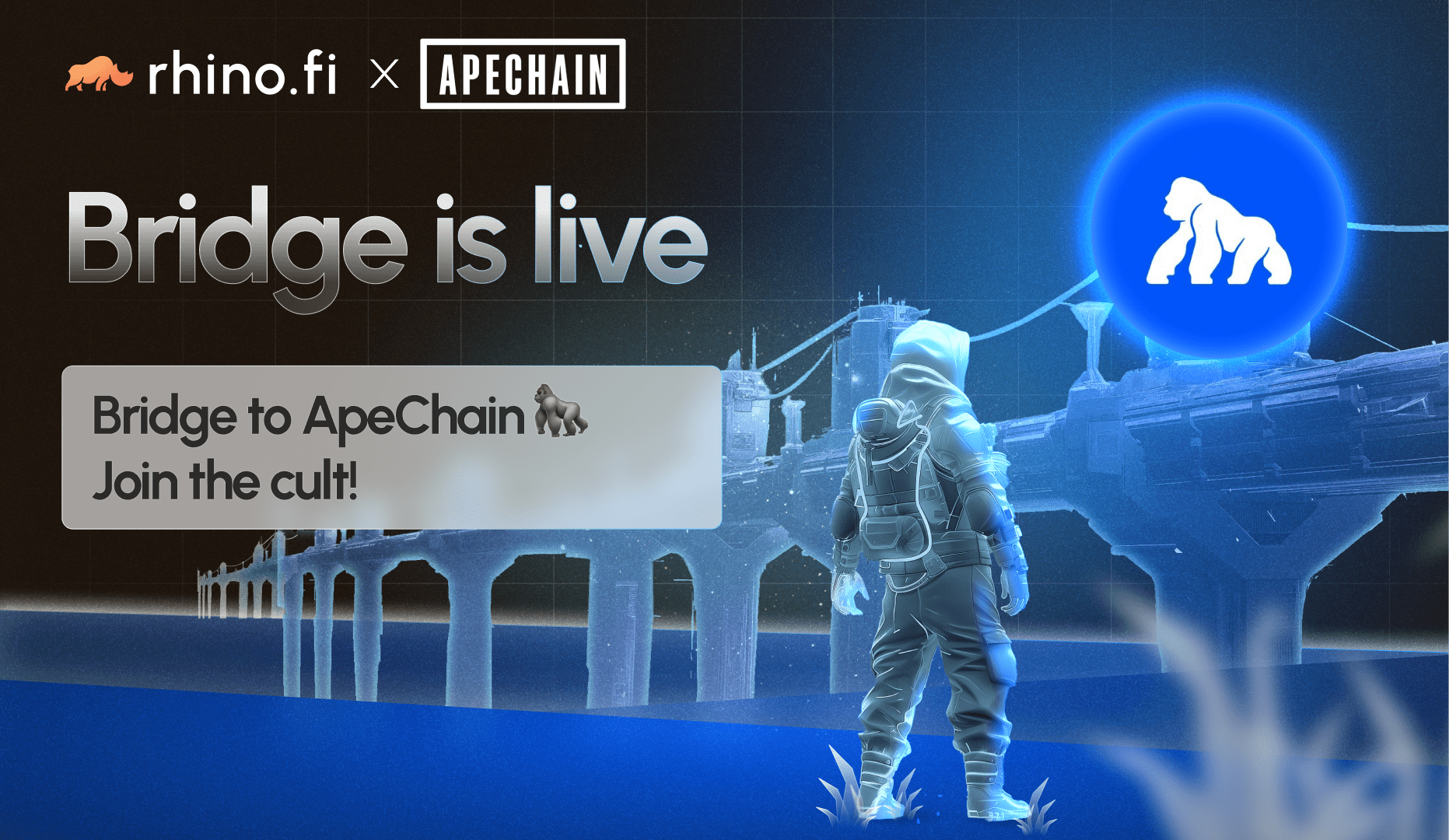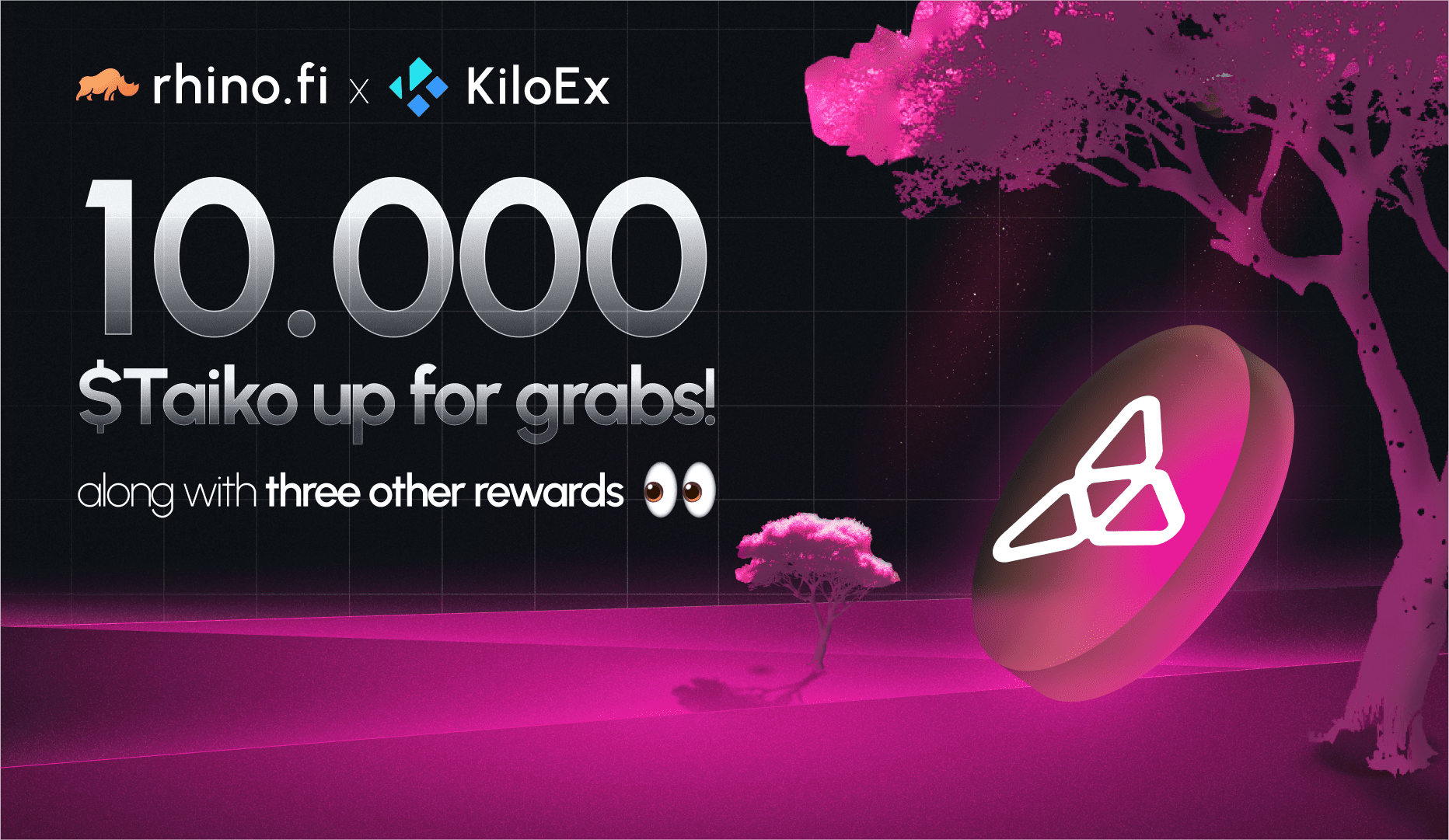Automated Market Makers, or AMMs, are a form of algorithm that enable truly decentralised trading.
AMMs remove the need for trading partners, as well as traditional market makers. They allow trades to happen in seconds, using automatic pricing mechanisms. And they apply the principle of community funding, so the traders themselves can provide liquidity.
Despite all these benefits, however, AMMs remain a largely misunderstood concept. For newer traders in particular, the acronyms and complex phrases can really melt the brain.
We’re launching our own series of AMMs, so we thought we’d offer an explainer for those who aren’t familiar. We’ve broken down the concept into seven easy steps, from beginning to end. These steps won’t teach you everything there is to know about the subject of AMMs, but they will teach you everything you need to know to use ours.
1. AMMs are a form of smart contract
In other words, they are contracts built on blockchains and they execute automatically, once certain conditions are met.
In this specific instance, the smart contract has two specific functions: to sanction the movement of currencies and set the prices at which trades can happen (don’t worry, we’ll explain all this in due course).
2. They are based on liquidity pools
As the name suggests, we’re talking about pools of tokens here. These pools are usually filled with pairs of tokens (for example, DVF and Ether) which are traded against one another.
In other words, users trade one token for the other, and their activity causes the value of each token to move up and down.
3. The system is an alternative to traditional order-book trading exchanges
Order books are like a match-making service for buyers and sellers. Every time someone places a buy or sell order, they specify the price at which they want to do business. Their request goes into the order book, and a trade takes place when a buy and sell order match.
This system is great for complex trades, because it creates a forum for loads of different asset types. But it also creates several challenges.
Traders may have to wait ages to find a partner, and they may not find one at all if there’s no demand. It’s easy to get muscled out by bigger traders and the exchange often charges hefty fees to make the matches.
4. AMM pools take these issues out of the equation completely
With AMMs, the traders don’t buy and sell against people on the other side; they go directly into the liquidity pool itself.
This means that trades happen instantly, and you can even carry out your trade if there’s no market for your desired transaction on the other side. What’s more, anyone can use AMMs without fear of being squeezed out by bigger market rivals.
5. The AMMs adjust the prices in response to activity
As the two currency piles move up and down, the AMM algorithm adjusts their relative prices. So the value of the two currencies is constantly moving in real time.
The price calculation is based on a complex mathematical formula, but, if you want a basic understanding, many AMMs work on a 50:50 split: in other words, the total value of the two currencies (the number of tokens in the pool x their relative weighting) has to be the same.
Let’s return to our example of Ether and DVF. If there are 10 times as many ETH tokens as DVF in the pool (because everyone is buying DVF), one DVF token must be worth 10 ETH to maintain their overall value lock. That’s a very simple example but hopefully you get the picture!
6. Liquidity can be provided by the community
Those traditional order-book trading platforms usually employ banks and other financial institutions to act as market makers. These entities agree to buy and sell assets at specific prices, to keep the market moving – and often charge big fees for doing so.
With AMM pools, by contrast, anyone can provide liquidity and receive rewards for their investment. This is truly decentralised finance: a system that essentially runs itself.
7. AMM isn’t a replacement for order books, but an alternative
Despite all the benefits mentioned above, AMMs aren’t necessarily better than order books. If you want to arrange a big trade using several different assets, order books might well be your best bet.
That’s why we’re preserving order books alongside DeversiFi’s new AMM pools. We’ll continue to use them for more complex trades and we’ll even offer a price comparison engine between the two systems, so traders can get the best price.
Nonetheless, AMMs offer several distinct advantages for the sort of trades that happen on DeversiFi everyday. By adding incentives and removing barriers, they take us another big step towards the platform we’ve always wanted to build.
We’ve just launched our own AMMs and will soon roll out 17 incentivised liquidity pools. To find out more, click here.
How to access DeversiFi’s AMMs
We’ve just launched the first in our series of AMMs and soon we’re going to roll out 17 incentivised liquidity pools. As well as gaining rewards for providing liquidity, you’ll be able to claim DVF tokens simply by trading in the pools.
To find out more, click here.
About DeversiFi
DeversiFi makes DeFi easy. Swap, Invest and Send without paying Ethereum network fees.
Website: https://rhino.fi/
Twitter: https://twitter.com/deversifi
Discord: https://discord.gg/bfNDxZqPSvf




